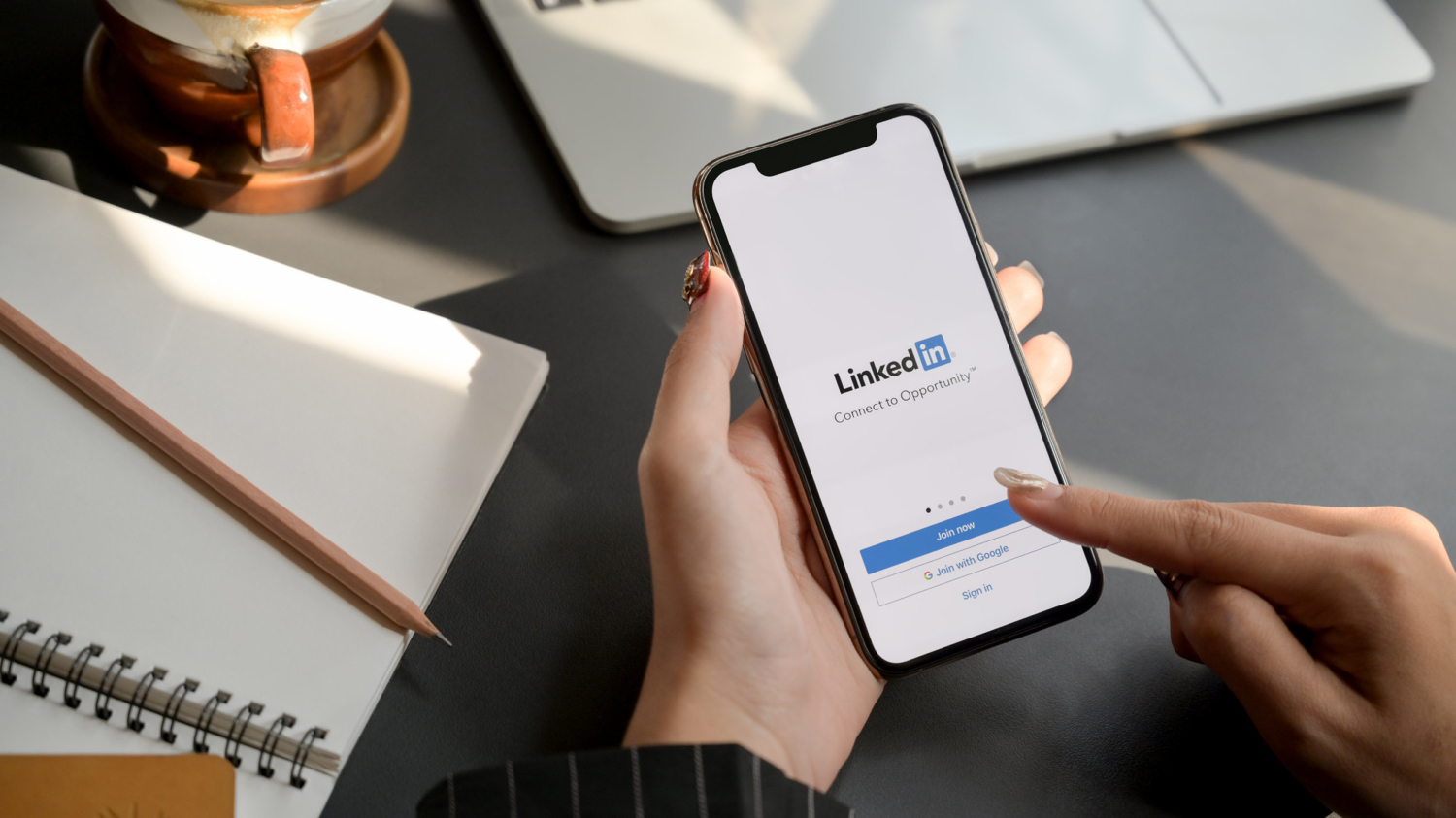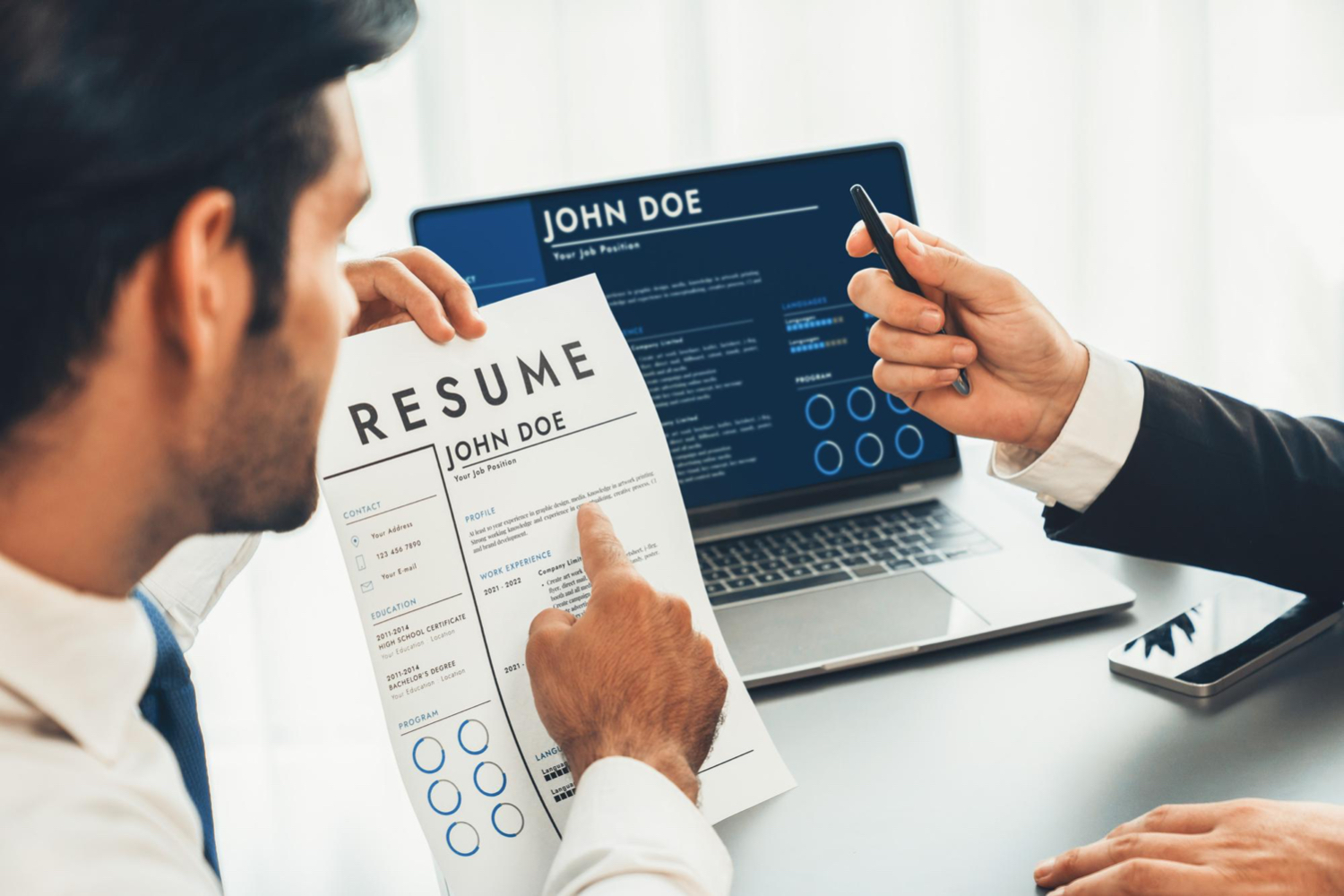
In today's digital-first job market, your professional identity extends far beyond a single resume document. With over 900 million users on LinkedIn, recruiters and hiring managers increasingly rely on multiple touchpoints to evaluate candidates. The challenge? Ensuring your personal brand tells a consistent, compelling story across all platforms.
Your resume and LinkedIn profile serve different purposes but should work together harmoniously to reinforce your professional narrative. Here's how to master this alignment and create a powerful, cohesive personal brand.
Understanding the Core Differences
Your Resume: The Focused Sales Pitch
Think of your resume as a targeted advertisement. It's typically:
Concise and tailored to specific job applications
Results-oriented with quantified achievements
Formatted for ATS systems and quick human scanning
Limited in scope (1-2 pages for most professionals)
Static until you update it for new opportunities
Your LinkedIn Profile: The Dynamic Professional Presence
LinkedIn functions more like your professional website. It offers:
Expanded storytelling through multiple content sections
Real-time engagement with your network and industry
SEO benefits for recruiters searching by keywords
Multimedia capabilities for portfolios and recommendations
Ongoing relationship building through posts and connections
The 5 Pillars of Brand Alignment
1. Craft a Unified Professional Narrative
Your career story should flow seamlessly between platforms, but adapt to each format's strengths.
Resume Approach:
Lead with a powerful summary statement that captures your value proposition
Use consistent job titles and date ranges
Focus on your most impressive, quantifiable achievements
LinkedIn Approach:
Expand your summary into a more conversational "About" section
Include your personality and professional motivations
Add context to your career transitions and decisions
Pro Tip: Write your LinkedIn summary first, then distill the best elements into your resume summary. This ensures consistency while maximizing each platform's potential.
2. Maintain Factual Consistency
Nothing damages credibility faster than conflicting information across platforms.
Essential Alignment Points:
Job titles, company names, and employment dates
Educational background and graduation years
Core skills and certifications
Contact information and location
Best Practice: Create a master document with all your career details, then reference it when updating either platform. This eliminates discrepancies and saves time.
3. Optimize Keywords Strategically
Both platforms benefit from strategic keyword usage, but the approach differs.
Resume Keywords:
Mirror language from specific job descriptions
Focus on hard skills and industry terminology
Use keywords naturally within achievement statements
Consider ATS optimization for each application
LinkedIn Keywords:
Target broader industry and role-related terms
Include keywords in your headline, summary, and experience sections
Think about what recruiters might search for
Update regularly based on industry trends
4. Showcase Achievements with Impact
Your accomplishments should shine on both platforms, but LinkedIn allows for richer storytelling.
Resume Achievement Format: "Increased sales revenue by 35% ($2.1M) through implementation of new CRM system and team training program"
LinkedIn Achievement Expansion: Same quantified result, plus context about the challenge, your strategic approach, team collaboration, and lessons learned. You might even include a brief case study or link to related content.
5. Leverage Each Platform's Unique Strengths
Don't just copy and paste content. Optimize for each platform's specific advantages.
Resume Exclusives:
Highly targeted skills sections for specific roles
Concise, scannable formatting
Industry-specific templates when appropriate
LinkedIn Exclusives:
Rich media (presentations, videos, portfolio samples)
Recommendations from colleagues and managers
Regular content sharing and industry engagement
Detailed project descriptions and case studies
Volunteer work and personal interests
Advanced Alignment Strategies
Personal Branding Elements
Visual Consistency:
Use the same professional headshot across platforms
Maintain consistent color schemes if using custom resume designs
Ensure your LinkedIn banner reinforces your professional brand
Voice and Tone:
Develop a consistent professional voice (authoritative, collaborative, innovative, etc.)
Adapt formality level: resumes typically more formal, LinkedIn allows personality
Maintain authenticity while staying professional
Content Strategy Integration
LinkedIn Content Calendar:
Share industry insights that demonstrate expertise mentioned on your resume
Engage with content from target companies and industry leaders
Post about professional development and continuous learning
Resume Updates:
Regularly update your resume based on new accomplishments you share on LinkedIn
Use LinkedIn engagement metrics as quantifiable achievements when relevant
Incorporate new skills and certifications earned through LinkedIn Learning
Common Pitfalls to Avoid
The Copy-Paste Trap
Simply copying your resume to LinkedIn wastes the platform's potential. LinkedIn allows for storytelling, personality, and ongoing engagement that resumes cannot provide.
Inconsistent Professional Personas
Don't be a conservative corporate professional on your resume and a casual startup enthusiast on LinkedIn (unless you're genuinely transitioning industries). Maintain core professional values across platforms.
Neglecting One Platform
Some professionals obsess over their resume while letting their LinkedIn profile stagnate, or vice versa. Both require regular attention and updates.
Overselling or Underselling
Find the balance between confidence and humility. Consistent messaging helps you avoid seeming overconfident on one platform and underselling yourself on another.
Practical Implementation Steps
Month 1: Foundation Setting
Audit current resume and LinkedIn profile for inconsistencies
Create master career document with all details
Update basic information (dates, titles, contact info) across platforms
Align core messaging and value proposition
Month 2: Content Enhancement
Expand LinkedIn sections using resume achievements as starting points
Add multimedia elements to LinkedIn (portfolio, presentations, certifications)
Gather and post recommendations on LinkedIn
Optimize both platforms for relevant keywords
Month 3: Ongoing Optimization
Establish regular update schedule (monthly for LinkedIn, quarterly for resume base)
Track which content performs well on LinkedIn and incorporate insights into resume updates
Monitor industry keyword trends and adjust both platforms accordingly
Build content strategy that supports your professional brand
Measuring Your Success
LinkedIn Metrics:
Profile views and search appearances
Connection requests from target companies/roles
Engagement rates on your content
InMail and message quality
Resume Metrics:
Interview request rates
Feedback from recruiters and hiring managers
Time to initial response from applications
Quality of opportunities attracted
The Future of Professional Branding
As digital recruiting continues to evolve, the lines between traditional resumes and online professional presence blur further. Video resumes, personal websites, and portfolio platforms are becoming more common. The key is maintaining consistent messaging and professional standards across all touchpoints.
Consider your resume and LinkedIn profile as the foundation of a broader professional brand that may eventually include:
Personal website or portfolio
Professional social media presence
Speaking engagements and thought leadership
Industry publications and content creation
Conclusion
Aligning your personal brand across LinkedIn and your resume isn't about making them identical—it's about ensuring they work together to tell a compelling, consistent story about your professional value. Your resume opens doors to specific opportunities, while LinkedIn builds long-term professional relationships and visibility.
The investment in thoughtful alignment pays dividends through better job opportunities, stronger professional networks, and increased industry recognition. In a competitive job market, consistency and authenticity across platforms can be the differentiator that sets you apart.
Start with the foundation of factual consistency, build upon it with strategic messaging alignment, and leverage each platform's unique strengths. Your future self will thank you for the clarity and opportunities this approach creates.
Related Articles







